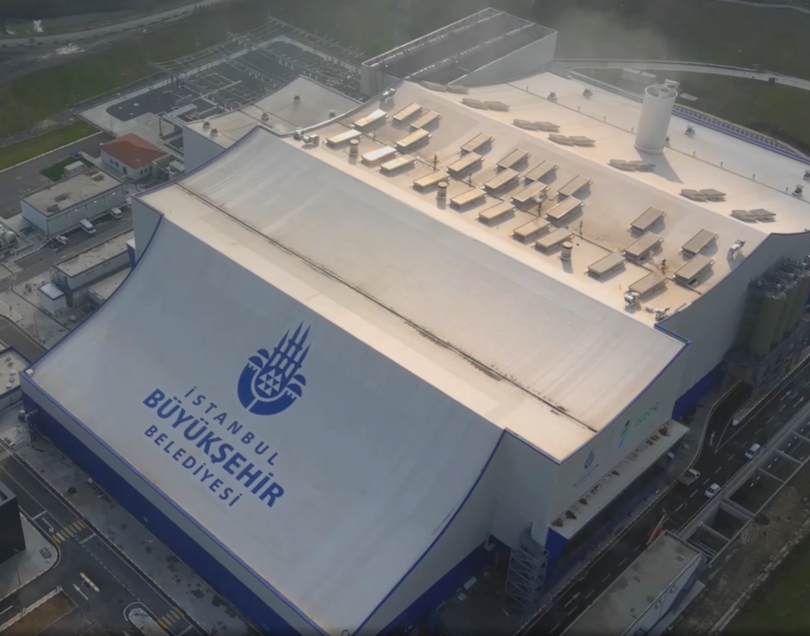In December 2021, Istanbul Municipality proudly inaugurated the largest waste incineration plant in Europe. They claimed it was part of their plan to fight climate change and could cut 1.3 million tons of greenhouse gases each year.
However, not everyone is on board with this idea. Some folks have their doubts, and there’s a lot of confusion on social media about whether this plant is doing more harm than good. So, let’s dive into this issue:
Before we make up our minds about whether this plant is good or bad for the environment, let’s break down what it actually does, as stated in its Press release, Environmental Impact Analysis, and Environmental Due Diligence Report.
Project at a Glance:
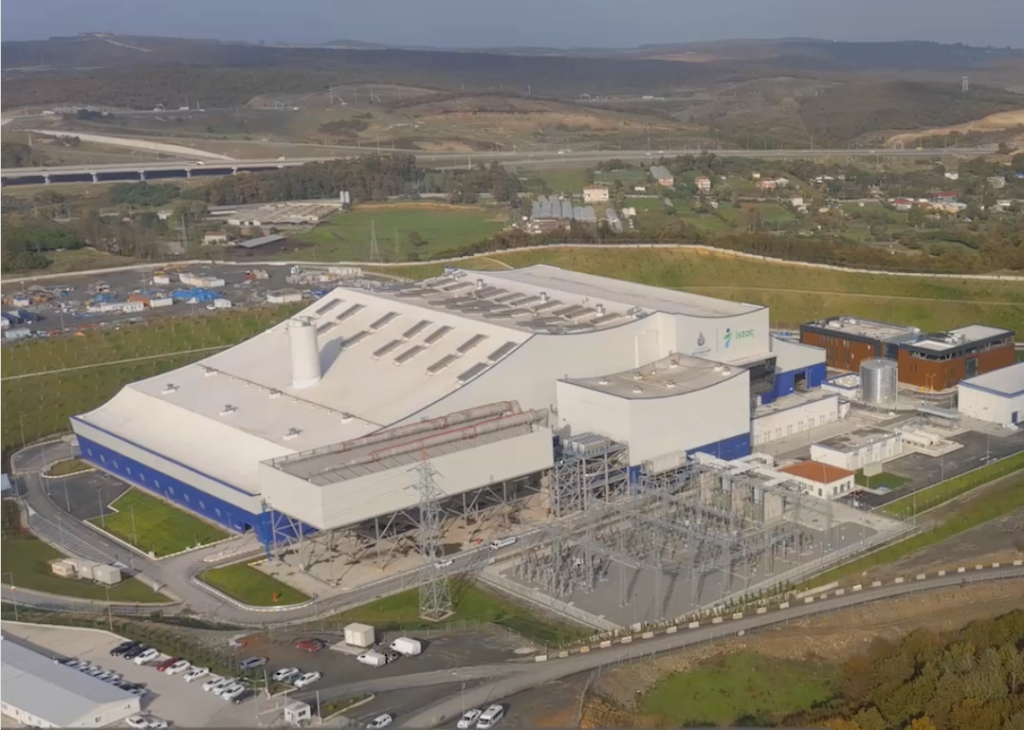
It has a system to clean up the gases it releases, which is a positive feature. For the experts (appearently, I am not), the Flue Gas Treatment consists of:
- Scrubbers for SO2 treatment (wet limestone and carbon for removal)
- Selective non-catalytic reduction system for NOx removal
- Bag filters for fly ash
- Acid-alkaline scrubbers for HCl and HF emissions
- Activated carbon for Volatile Organic Compounds
- Continuous Emission Monitoring system
Then the specifications of the plant is:
- 3,000 ton per day (1 million ton per year) municipal solid waste handling capacity (almost 15% of the total 20 kton waste produced in Istanbul)
- 85 MW installed power electricity generating capacity
- 75% weight-wise and 90% volume-wise waste reduction
- Expected Net Efficiency : 26-27%
- 1.38 mt GHG emission reduction (earning 1.5 million carbon credits per year)
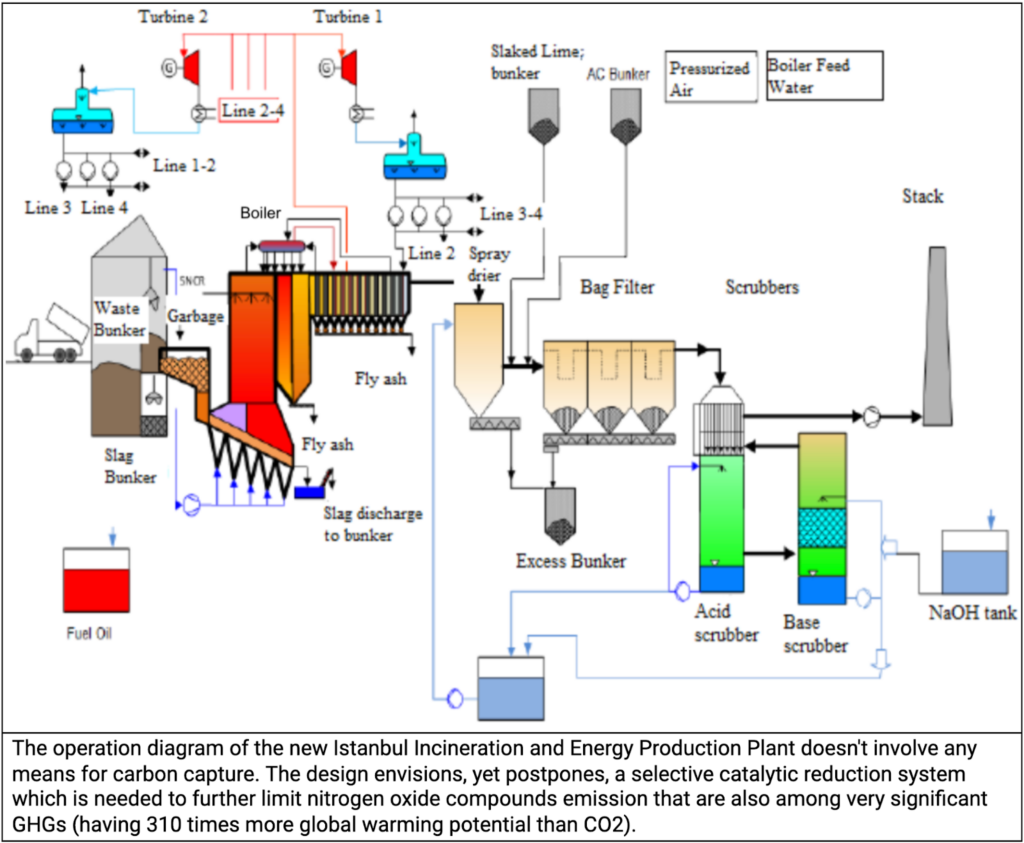
What about the Carbon Footprint?
First Distinction: Fossil-based vs Biogenic CO2
Even if CO2 significantly increases global warming when released into the atmosphere, there are still a distinction between the types of CO2 emissions: one from fossil fuels (the fossil-based or not-so-good kind) and one from natural sources like trees (biogenic or the less harmful kind). When we talk about global calculations, we mainly focus on the not-so-good kind. In other words, today when you burn wood chips, paper, or bio-methane (all produced from renewable sources) it is not counted as additional CO2 to the system, since the carbon was taken from the atmosphere while the feedstock was growing.
I should note that some environmentalists see this differentiation as a loophole in greenhouse gases (GHG) accounting. In their opinion, when all emissions are not taken into account properly, it reduces the development chance of other effective solutions which are genuinely climate-friendly.
Carbon Footprint Estimation of Incineration
The municipal waste contains both fossil-based and biogenic origin waste. In the literature, the non-biogenic origin carbon is stated as between 33-50% of the total carbon content in the solid urban waste. However, the available data for Istanbul (between 2005 to 2010) suggests a lower ratio (~25%) due to much higher kitchen waste (more than half of Istanbul’s waste, compared to the 25-35% found in Europe and the States statistics). We also know that organic waste tends to release more CO2 while burning.
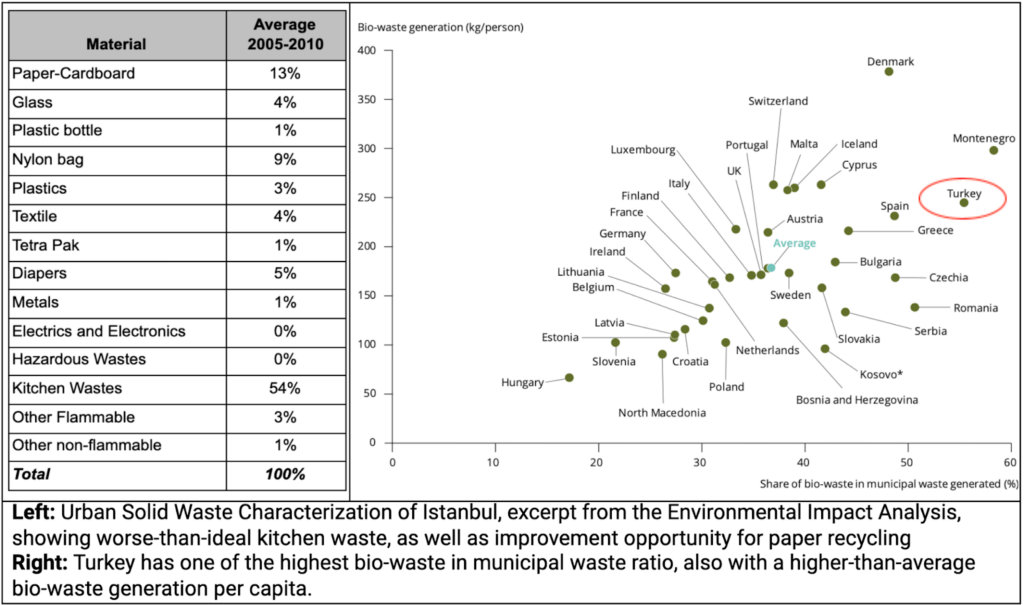
As a result, compared to incineration emissions per ton data in the literature (0.7 to 1.7 tons of CO2), due to the higher content of the organic waste, we may expect emissions to be on the higher end in Istanbul.
That would mean, the 1 million tons per year capacity incinerator of Istanbul would be suspected to release between 1.2 to 1.7 million tons of CO2 per year.
On the other hand, we may expect the fossil-based portion of this CO2 to be lower than the average of the literature.
As a result, we may expect the carbon footprint of the incinerator to be around 400 to 600 thousand tons per year. To put that in perspective, Turkey’s total CO2 emissions in 2020 were 366.11 million tons. In terms of electricity generation, the above carbon footprint figure results in 662 kgCO2/MWh to 882 kgCO2/MWh.
But here’s the catch: Besides the direct CO2 emissions, there are other emissions such as during waste transportation or NOX emissions, but let’s not dive too deep into that right now.
Climate Dilemma: Is it a Good Idea or Not?
Here’s the big question: Should we support this plant or not?
Why “Not So Great”?
We can immediately see that the emission factor from incineration is significantly higher than Turkey’s grid emission factor (464 kgCO2/MWh as per IEA 2020 data). This is not surprising, as Istanbul’s new incinerator is expected to reach 26-27% efficiency, a gas-fired power plant can easily outperform with more than doubling that efficiency.
As this plant is expected to operate for 25 years with a certain amount of constant feedstock, its adverse emission impact will increase year by year as the average emission factor reduces. This will weaken the transition to less carbon-intensive electricity generation (eg. solar and wind) and it may undermine moving to better waste management alternatives.
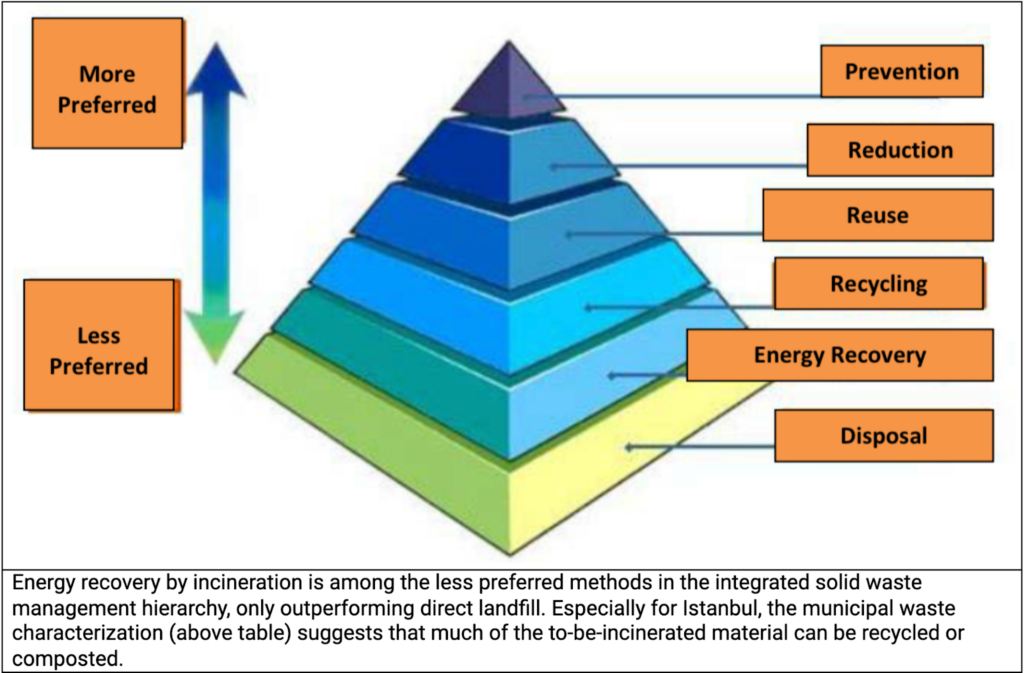
Why “Maybe Okay”?
If the only other option is dumping waste in a landfill, then burning it might be a better choice because it prevents the landfill from producing methane and nitrous oxide, both of which are potent greenhouse gases.
For example, most of the kitchen waste that ends up in a landfill goes directly underground without access to oxygen anymore. There, the waste undergoes a process called “anaerobic decomposition” (aka. decomposition without oxygen), which releases methane during the process.
Each 1 ton of waste produces around 8 m3 landfill gas (LFG) each year. We can assume LFG contains 40% CO2 and 50% methane (chemical formula: CH4) by volume. Considering CO2 weight as 1.86 kg/m3 and CH4 as 0.72 kg/m3, and CH4 is 21 times higher global warming potential than CO2; an incinerator can improve carbon footprint by converting and releasing the carbon in the waste to CO2 instead of CH4, at the same time producing electricity.
In Istanbul’s new incinerator case, a new landfill to replace the incinerator capacity would be expected to emit roughly 800 thousand tons more CO2 equivalent on a yearly average. On top of this figure, we may add CO2 emissions avoided producing 85MW electricity via fossil-based fuels (~500 thousand tons in case of a coal-based thermal power plant). I assume 1.3 million tons of CO2 avoidance, as stated in the Municipality’s press release, was calculated in a similar fashion.
What are the Alternatives?
The best alternative is of course preventing and reducing the waste at the beginning. Then the wastes should be separated, reused, or recycled at the source. From reports of several NGOs, it seems that Istanbul in particular, Turkey in general, has plenty of room for improvement in this field.
Composting is transforming the waste into fertilizer by speeding up the aerobic (with oxygen) decomposition and fermentation. Even if it is a slow and land-requiring process (roughly 2 months are necessary for waste to turn into compost), it is one of the best solutions for organic waste management.
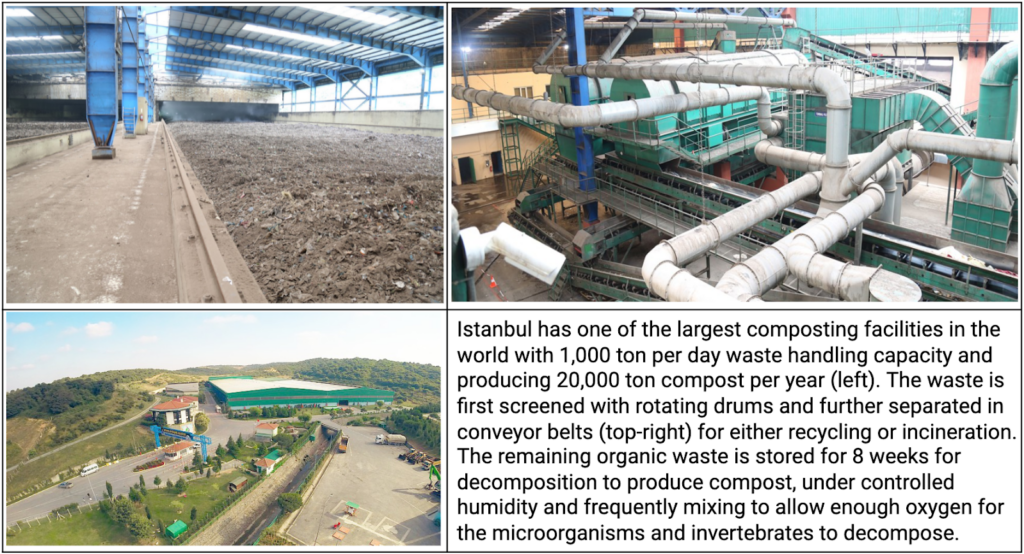

Biomethanation is a way to produce carbon-neutral methane and compost. Unlike a composting plant where dry decomposition occurs, the organic waste (biomass) is introduced into a digestion container as a slurry mixture where fermentation occurs.
The biomethane produced at the end of fermentation is then stored and converted into electricity with gas engines; while the left residues are converted into compost.
Landfill Gas (LFG) capture is another alternative to incineration. Here, since fossil-based waste (mainly plastics) is very stable and does not decompose; the LFG is mainly coming from biogenic waste, making the LFG a zero-emission energy source. On the other hand, capturing systems are only able to capture 60-90% of the LFG and incineration reduces the weight and volume of waste significantly.
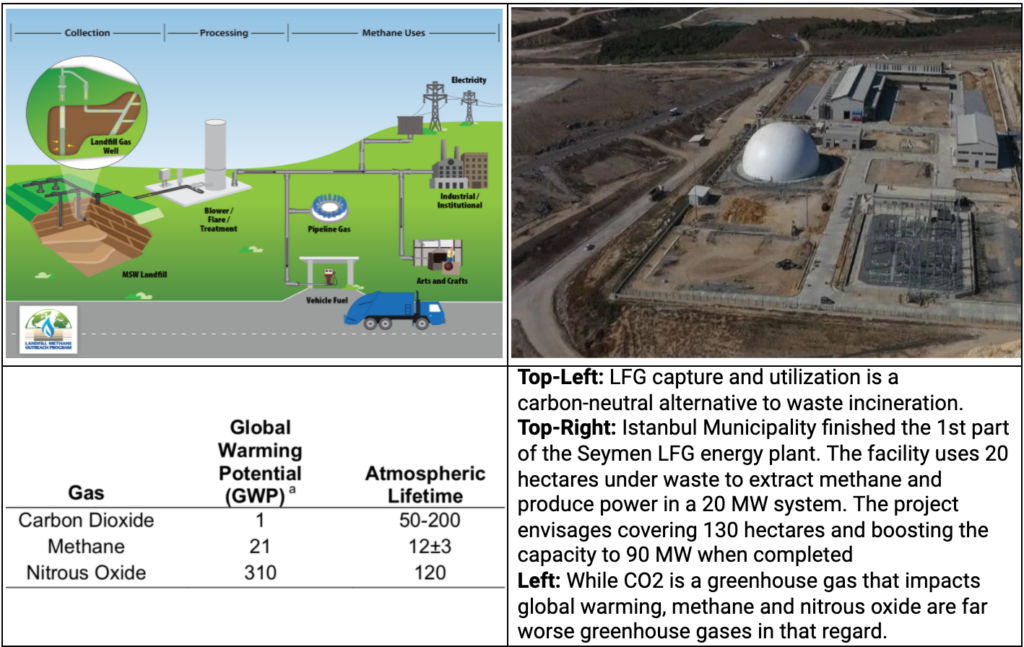
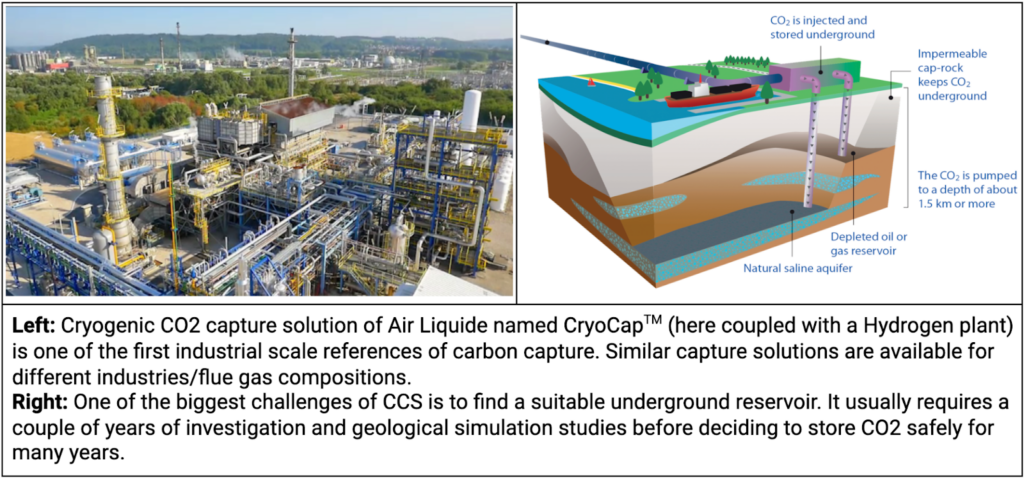
Last but not least, Carbon Capture and Usage/Sequestration (CCU/S) is another method that can be used to cope with the carbon emissions of Istanbul’s new incinerator. A carbon capture facility can be integrated to capture the CO2 from stack gas before released into the atmosphere.
In that case, some of the captured CO2 could be used in industry to further reduce the carbon footprint of other industries (eg. food and beverages). The remaining portion of CO2 is then sequestrated into underground aquifers or depleted oil/gas reservoirs.
It should be noted that when biogenic CO2 (as the case in incinerator) is sequestrated, it is recorded as negative emission and considered as an enabler to offset the hard-to-abate sectors.
EIA considers carbon capture as an indispensable route to reach carbon neutrality by 2050 globally. I’ve summarized EIA’s vision in this article.
In conclusion, while this plant might help reduce greenhouse gases, it’s not the best solution out there (unless accompanied with CCS). There are more eco-friendly ways to manage our waste. Besides, this investment may delay the Municipality’s Carbon Neutral target by 2050. But at least Istanbul is exploring different options to tackle their waste problem.

